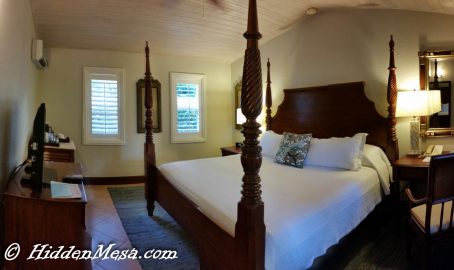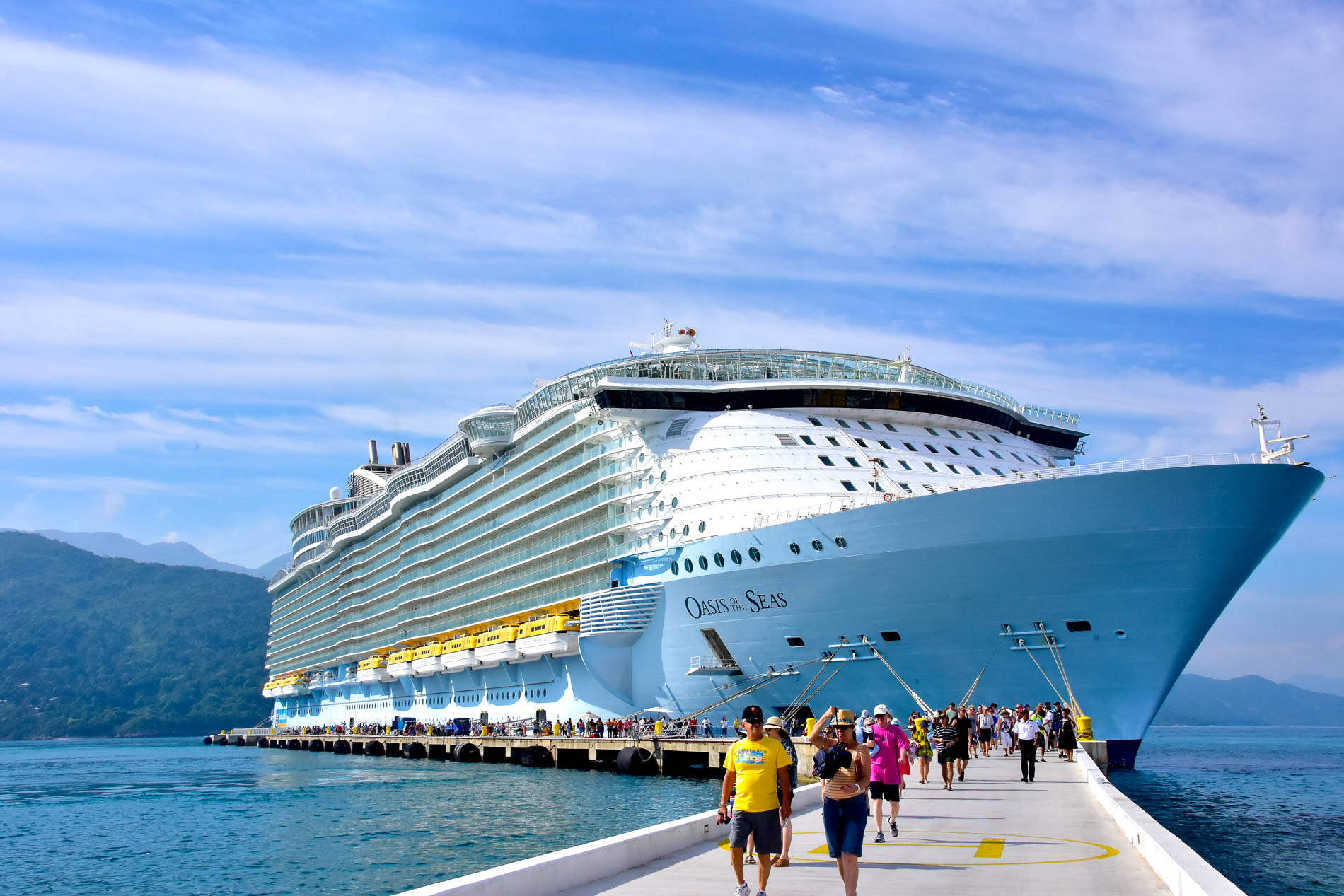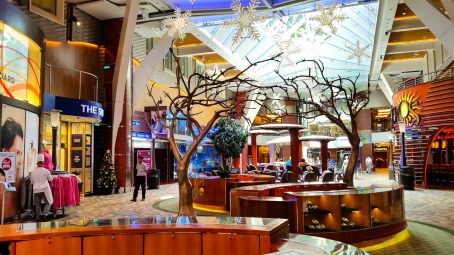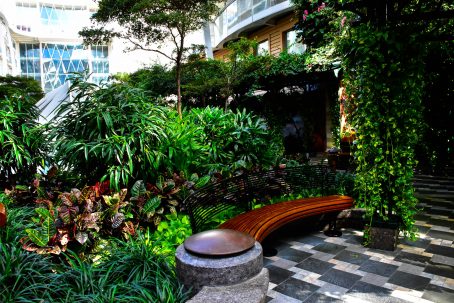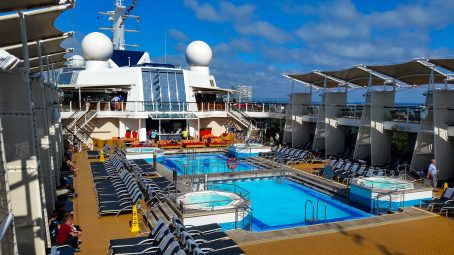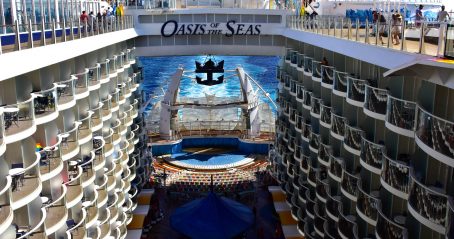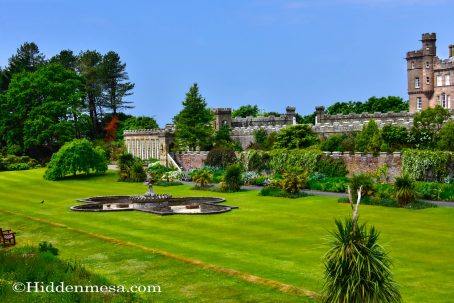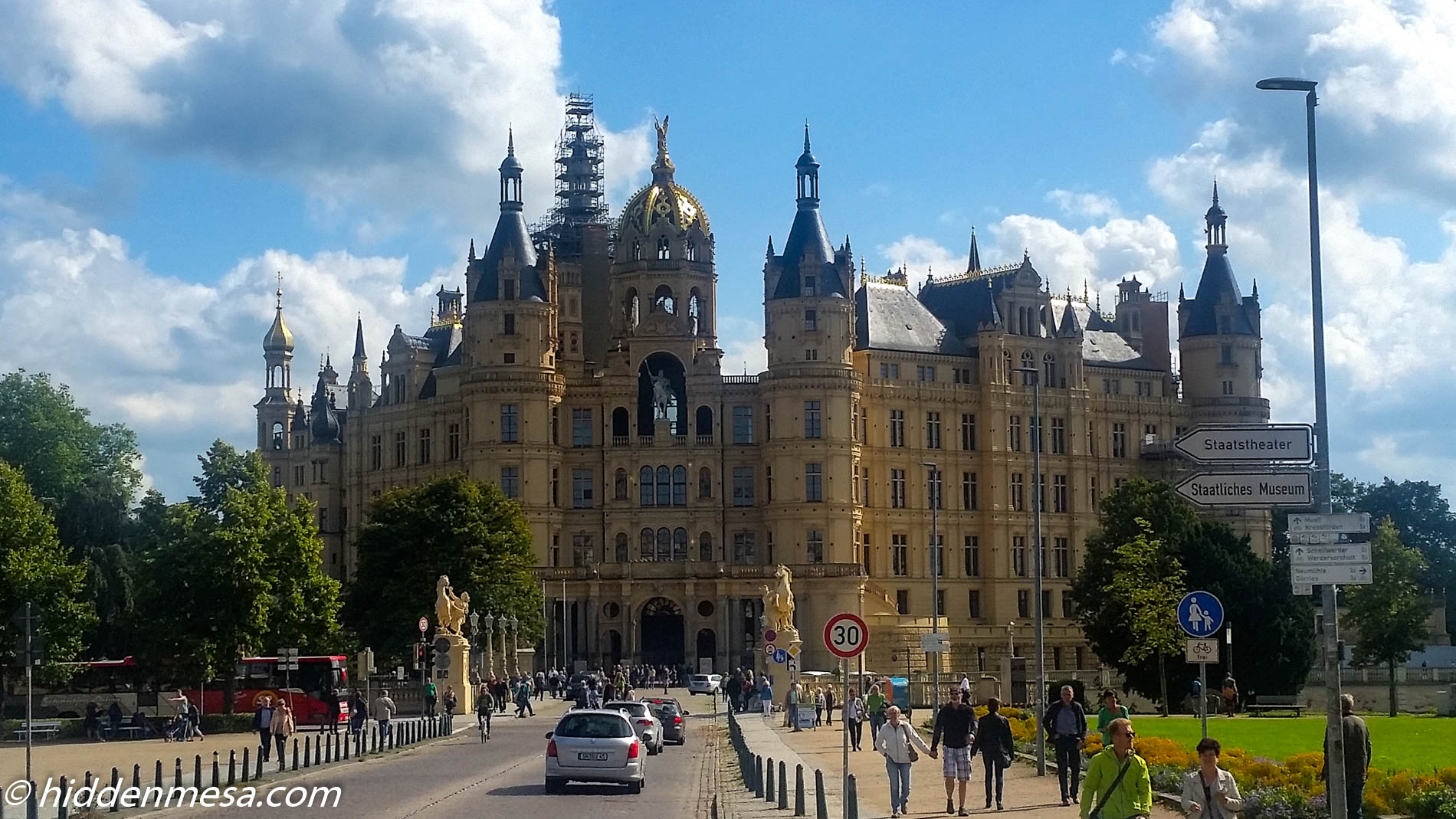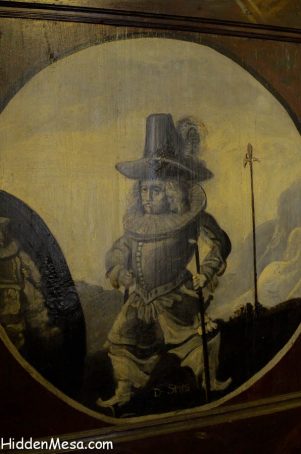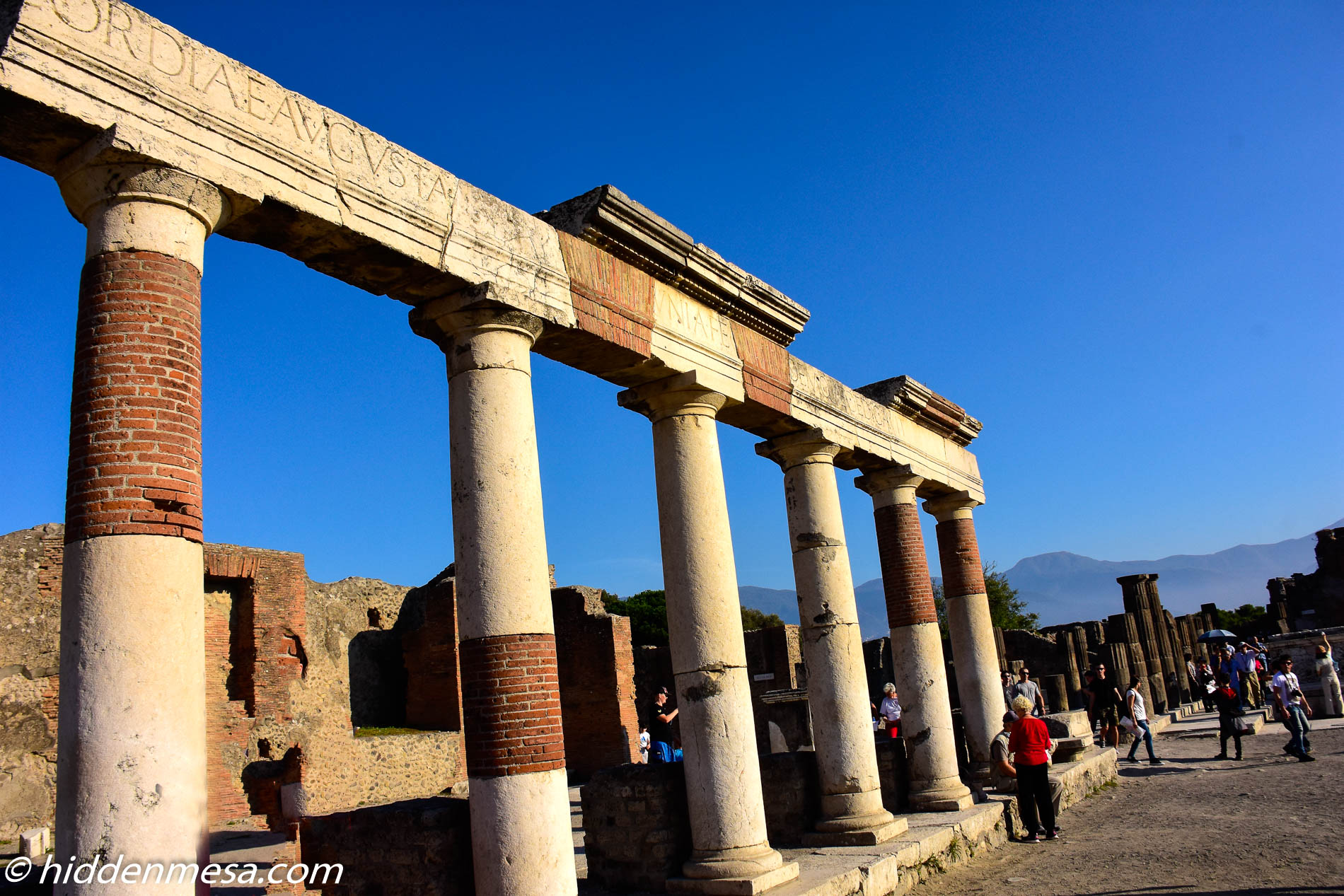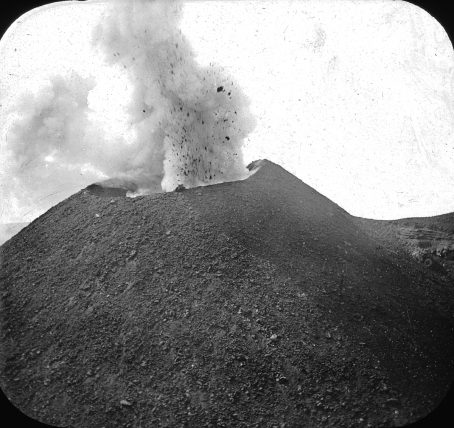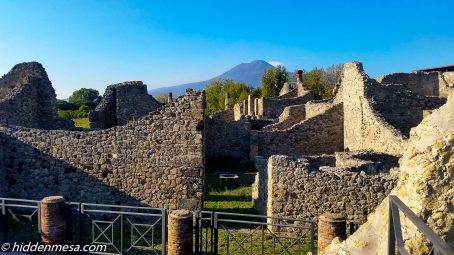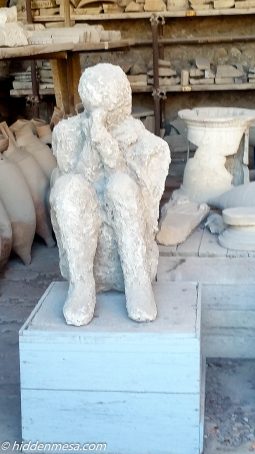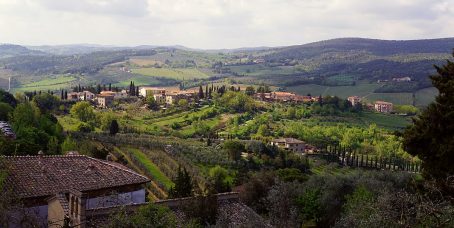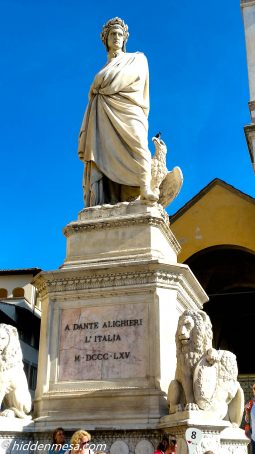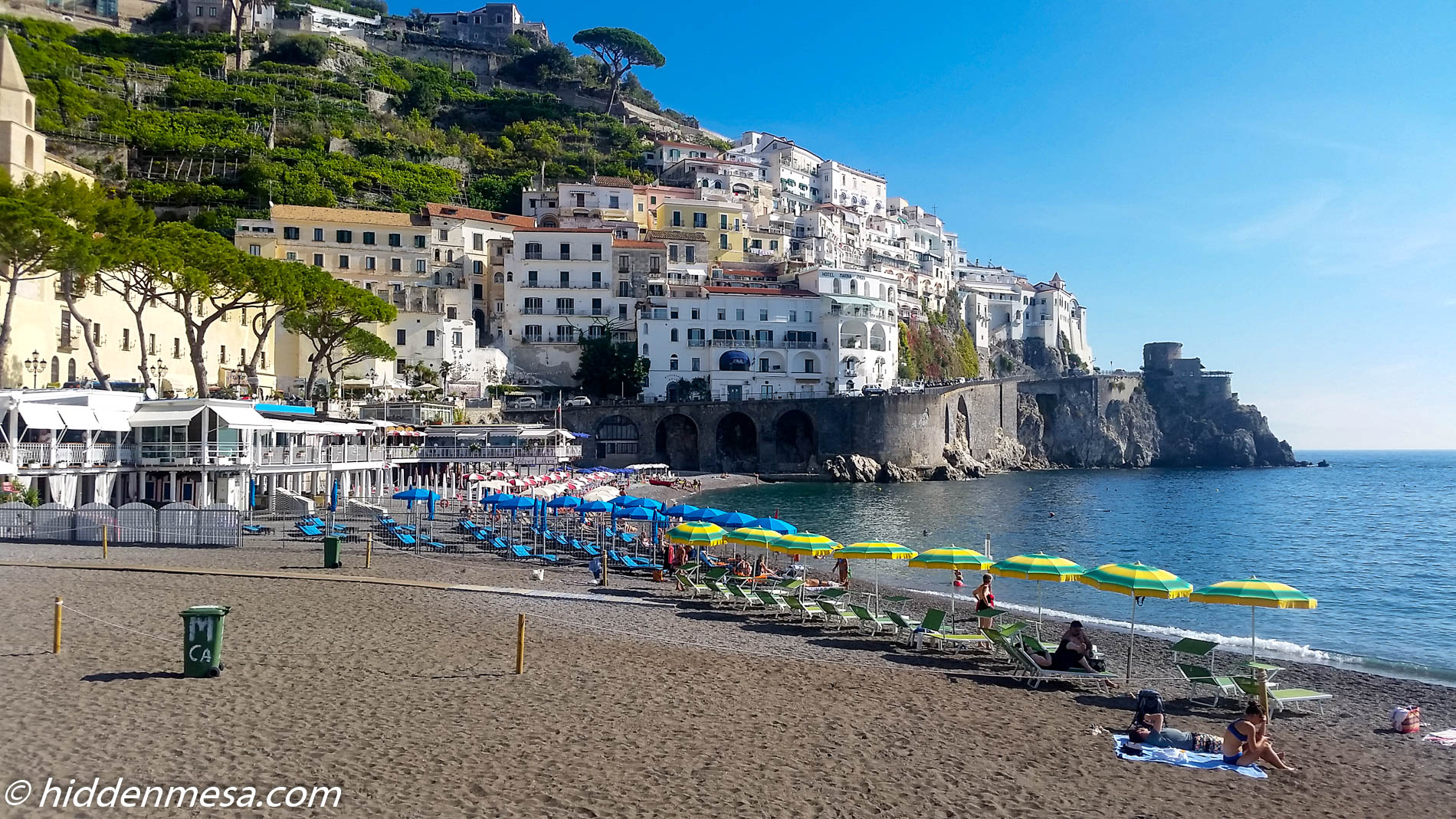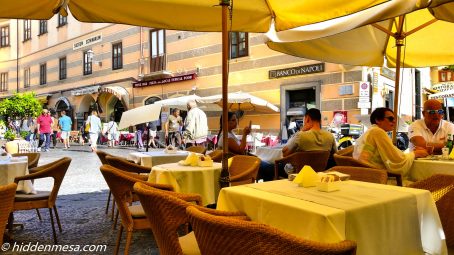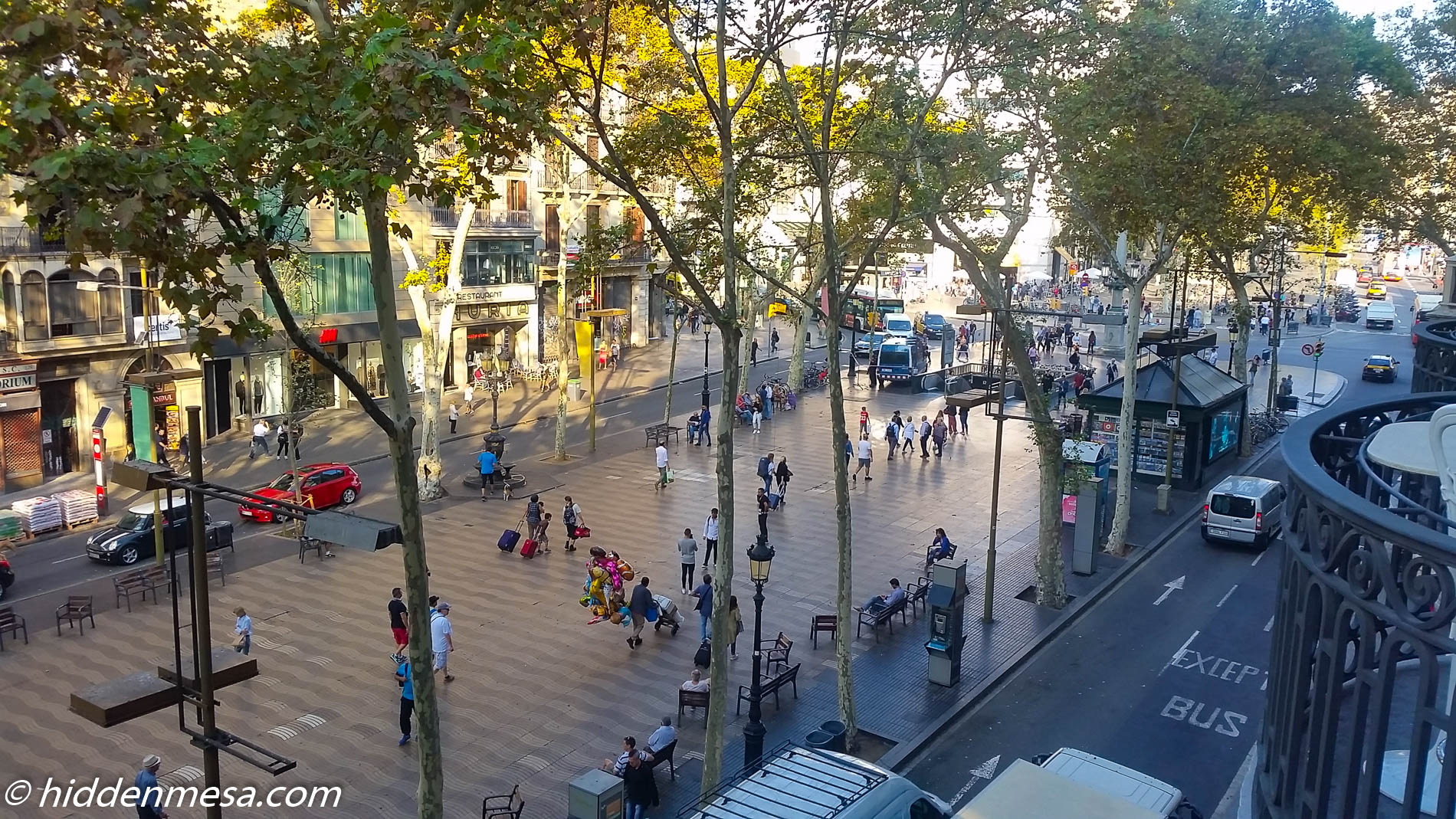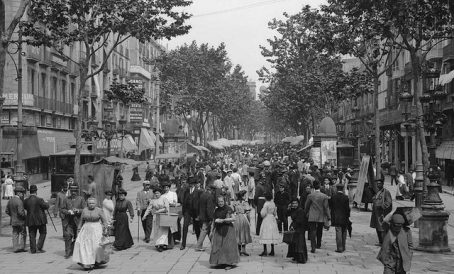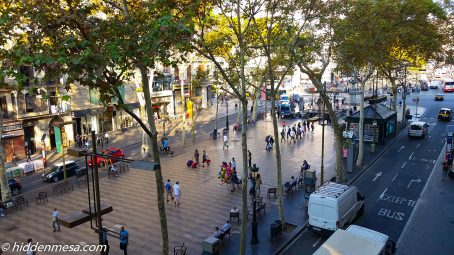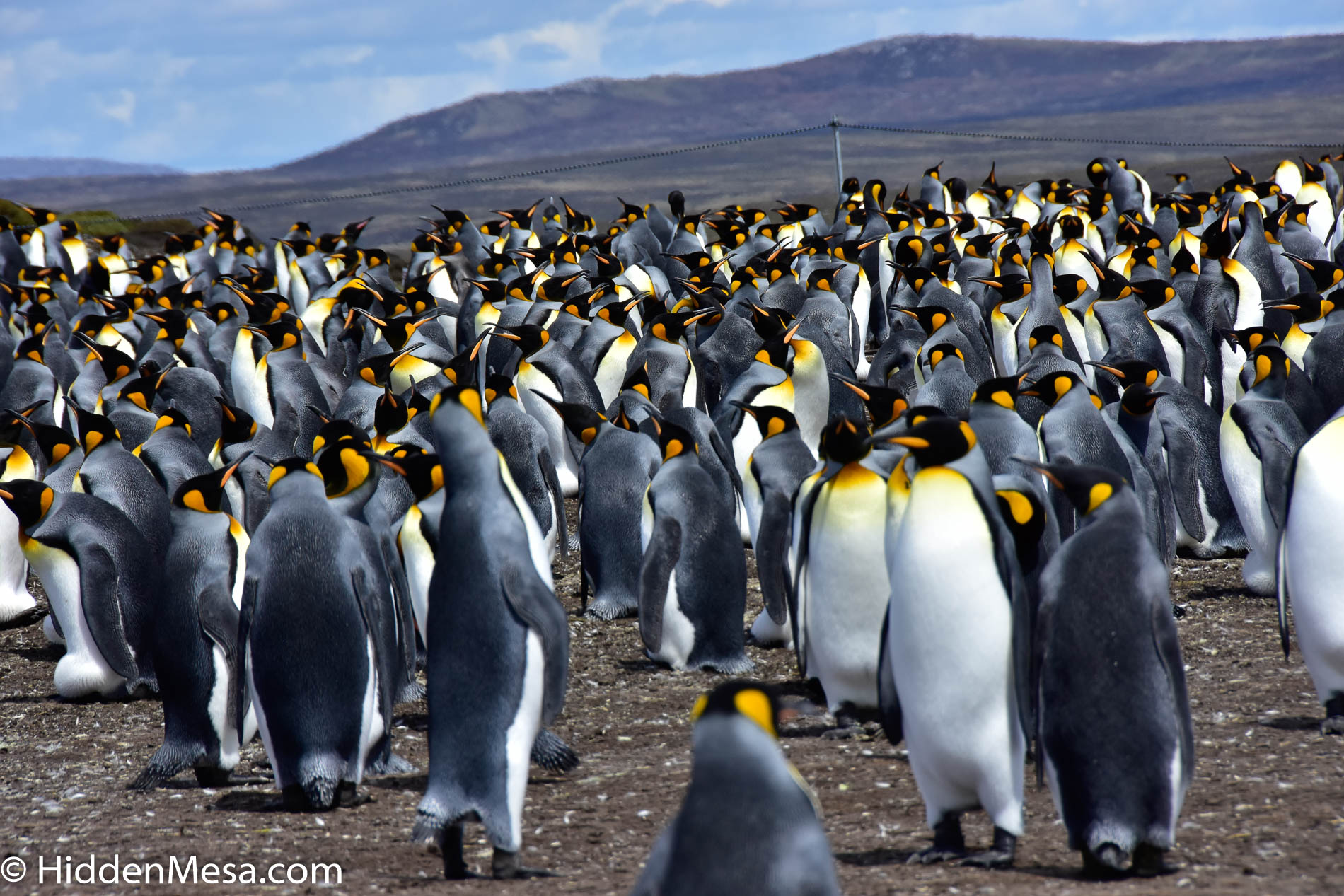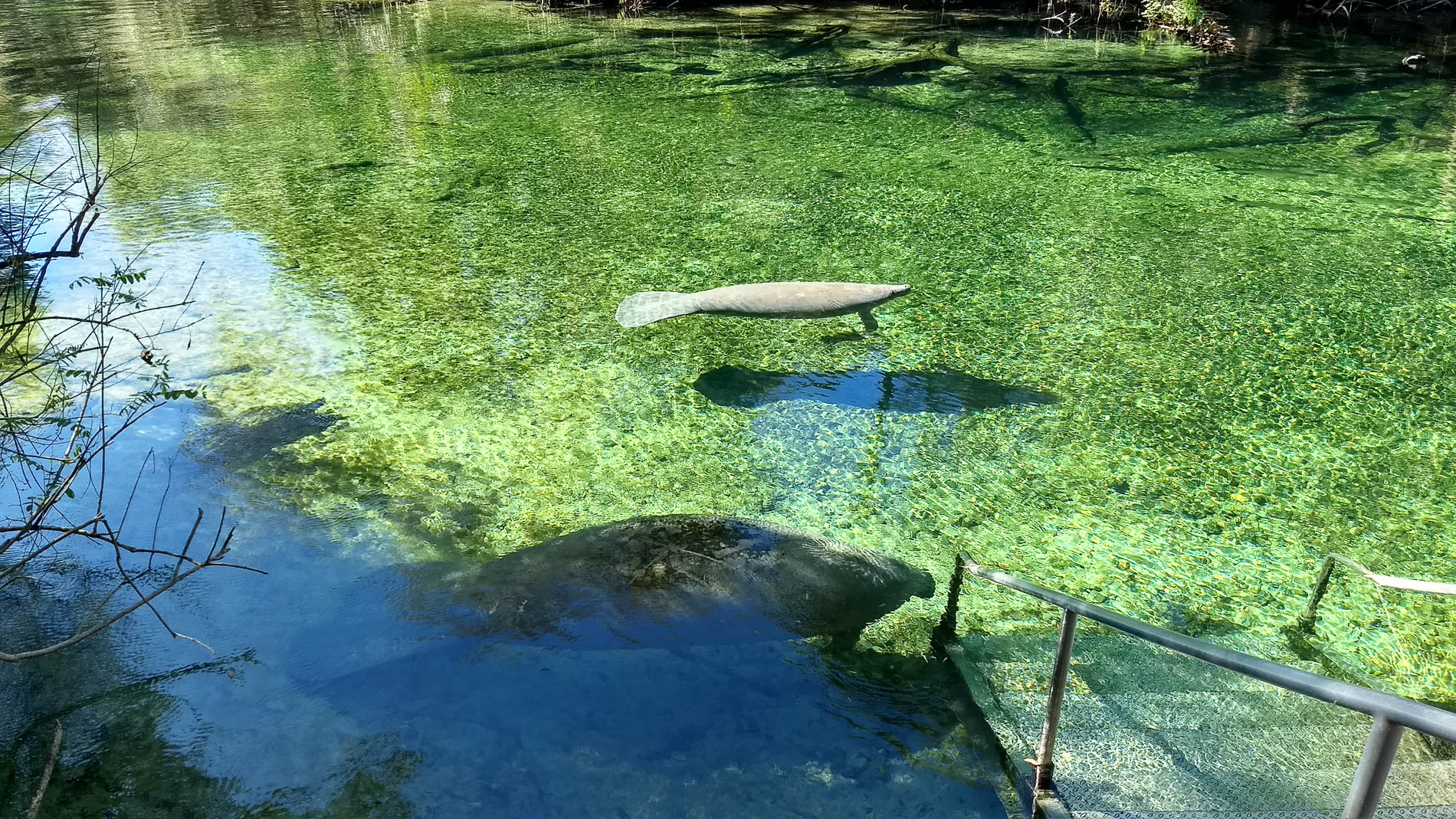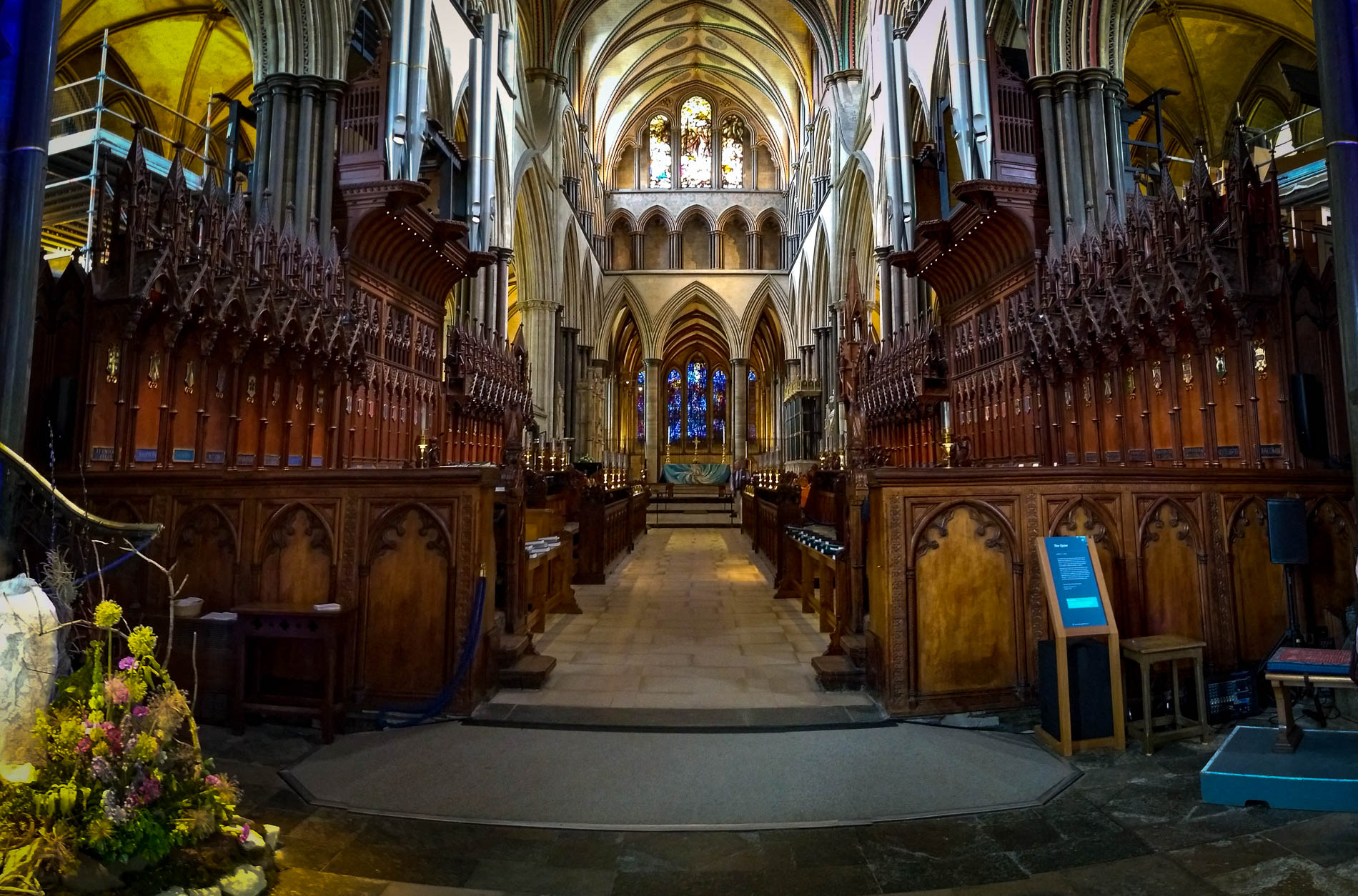What’s the difference between a cruise and an all-inclusive resort? That could be a question that has a great deal of importance for some of us, so we checked out an all-inclusive Sandals Resort and Spa on the island of Antigua.
Sandals, as you may know, is a relatively well known and popular destination resort that owns and manages resorts all over the Caribbean and even into the Mediterranean. They feature all-inclusive destination stays in a luxury style that can only be approached by luxury cruise ships. Let’s see what they have to offer:
What are the Rooms Like?
There are several kinds of rooms at the Sandals Grande Antigua. Our room was called a Caribbean Honeymoon Premium, but you could get others with a variety of features. There was a tower that provided more hotel-like rooms, but there were also beach front rooms called Mediterranean one bedroom butler villas that featured their own private plunge pools and butlers. Pretty much any level of comfort was available.
Our room was a single room with a patio overlooking a garden view. It included a king size bed, a fridge stocked with drinks, and a coffee maker as well as a kettle for heating water. There was an air conditioner and a fan, so controlling the temperature was not a problem.
It was central to the amenities, about a minute’s walk to the lobby and even closer to the beach. There was a covered porch too. Overall it was roomy and comfortable.
If absolute luxury is on your mind, there are rooms available that include a bedroom, living area, private plunge pool, private spa, and a butler. The butler seems to do all kinds of things, including serve drinks and meals, and making reservations at restaurants, or securing lounge chairs at the beach. The experience is of course more expensive, but the treatment appears to be world class. And if you don’t mind being pampered, why not?
What’s Included?
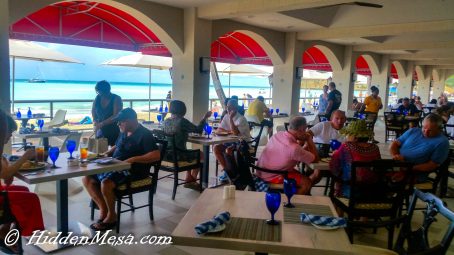
Guests enjoy breakfast in the open air Bayside Restaurant; a comfortable covered setting with the waves lapping at the beach as you enjoy your meal. Photo by Bonnie Fink.
Pretty much everything is included. At Sandals Grand Antigua, there are over 10 restaurants, and all of them are included in the price. Actually, they mention 11 restaurants, but one of them is a hot dog stand near the main pool. But if you like hot dogs, that should count too, right?
All drinks at the resort are included. Yes. All of them, and that’s where Sandals seems to get really competitive with cruising in terms of price. An average drink package on a cruise ship can cost $55.00 US per day per person. At Sandals, that’s part of the experience. And while we don’t have firsthand experience with the quality of the alcohol, the people in our group didn’t appear to be complaining. Beer was mostly local, but many of the wines were from the Napa Valley in California, and the hard liquor seemed to be labels we recognized. Coffee and tea was available too.
Our room had both a coffee pot and a kettle for heating water, as well as a completely stocked fridge with water, soft drinks, and juices. Some of the rooms had a mini bar included too.
Are There Beaches?

At Sandals Grande Antigua Resort and spa, the white sand beaches stretched the length of the resort. Beaches here are public, but Sandals provides chairs and umbrellas exclusively for Sandals guests. Photo by Donald Fink.
There are indeed beaches. The Grande Antigua Resort is situated on a white sand beach overlooking the Caribbean Sea. As you sit on the beach in the included Sandals lounge chairs, you’re either in the sun or under a grass shade. The choice is yours.
Off shore, there’s a small barrier reef that seems to help keep the beach quiet most of the time. We noticed the reef as we were headed out for some diving. You can see the waves breaking on the reef, making the waters calm closer to shore.
How’s the Food?
When we travel, we judge the food we encounter based on the food we see on cruise ships, and the food at Sandals is very similar to some of the better offerings we see. If we had to name a brand, we might say that the meals at Sandals was in line with the quality we expect on Royal Caribbean, maybe a little better.
Our main, go-to restaurant for this visit was called Bayside Restaurant. It is a buffet style offering for breakfast and lunch, but converts over to table service for dinner.
The wait staff is good here in that they are friendly and competent, but the service was less formal, even in the specialty settings. In other words, while the food was really good, no one came around and removed the crumbs from your table between courses. And most meals were three courses, with appetizer, main course, and dessert.
It should be mentioned that not all restaurants are open all the time. At Grand Antigua, for example, there’s a restaurant called The OK Corral that features Tex-Mex, but was only open a couple of times in the week we were there. There’s another Italian styled restaurant called Mario’s that was open every night. And another British Pub called the Drunken duck that was open too. We enjoyed a couple of seriously good hamburgers there, by the way.
On Wednesday nights, there’s a beach bar-b-que that probably goes down as one of the included restaurants. It looked like a fun meal.
Another restaurant down by the main pool is called Barefoot by the Sea. This open-air restaurant is nearly on the beach, with rustic tables, comfortable chairs, and sand on your feet. They’re open every day for lunch and most nights for dinner.
There’s a dress code for the restaurants at Sandals. The two designations are Evening Attire, and Resort Casual Attire. As you might guess, Resort Casual Attire means, “come as you are.” And Evening Attire means long pants for men with no T-shirts. Shoes or elegant sandals are required. For the ladies, the expected dress is evening pants, skirts, elegant top, sundress, with sandals or shoes. And to be clear, the above description is not verbatim from the Sandals guide. Be sure to check the dress codes directly with sandals before you pack for the trip.
What Else Is There to Do?
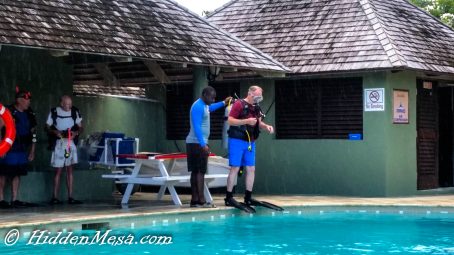
There’s a pool behind the dive shop that’s dedicated to scuba instruction and “check-out” dives. Here, Don is entering the water to prove he still remembers how to dive. Divers are required to demonstrate basic skills if they don’t have signed log books indicating recent dives. Photo by Bonnie Fink.
Aside from the pool time, the walks on the beach, and lazing away the day watching the waves patter on the sand, what else can you do at Sandals?
This particular Sandals had an active scuba dive program with dives nearly every day. There were mostly single tank trips, but a couple of two tank trips were also thrown in, presumably when the dive site was close by. All dive equipment is included. You can see a quick video of one of the dives below, where we went to a site called Billy’s Reef.
Snorkeling was available every day. They discourage snorkeling directly off the beach because of the amount of boat traffic, but dive boats left daily to other destinations where you could get your snorkel fill. All equipment is included.
Sail boats are available on the beach. To take one out, you simply walk over to the dive shop, get a life jacket, and grab a boat. We noticed four or five small catamaran sail boats available. Those things are fast, by the way, but easy to sail.
There are jet skis available too, but at an extra cost. We noticed two jet skis on the beach, but with all the included activities, we didn’t have the time to take one out.
Horseback riding is available at an extra cost too. Not being avid riders, and with so much else to do anyway, we didn’t take a ride.
There’s an area marked out for general swimming in case you felt the need to cool off.
Final Thoughts
We’re mostly cruising people, so we naturally want to compare this new all-inclusive resort idea with our cruising experiences. What we came away with is that the cost versus benefit was very close. The Sandals stay was a bit more expensive than a typical Caribbean cruise for the same period of time, but you need to factor in the free alcohol, free snorkeling and Scuba Diving, and an impressive beach-front.
Would we stay at a Sandals again? Sure, we would definitely return. But more likely, we’d visit one of their many other resorts in the Caribbean or even in the Mediterranean.
The question we asked at the beginning of this post was, is a stay at a Sandals Resort as good as a cruise on a luxury cruise liner? For many people, the answer has to be, “Yes, a stay at a Sandals Resort is as good or even better than a luxury cruise.” The high-quality restaurants, the included drinks, and the many recreational activities that are already included is a powerful draw. Did we mention the included drinks? And yes, we mean the alcoholic drinks, the soft drinks, and coffee and tea. Just to be clear.
Still, for us, we’re drawn to the ship where we wake up in a different place every morning, but we see the advantages of Sandals too. Everyone is different, so we encourage you to take a look for yourself.


